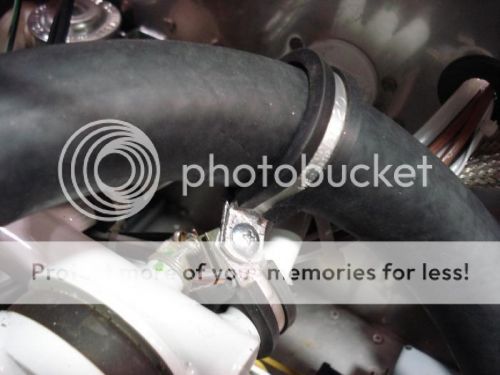Coolant hose chafing (SB 13-2-6)
SB covering subject released today:
http://www.vansaircraft.com/pdf/sb13-2-6.pdf
Bob Bogash
N737G
SB covering subject released today:
http://www.vansaircraft.com/pdf/sb13-2-6.pdf
Bob Bogash
N737G
Last edited by a moderator:







